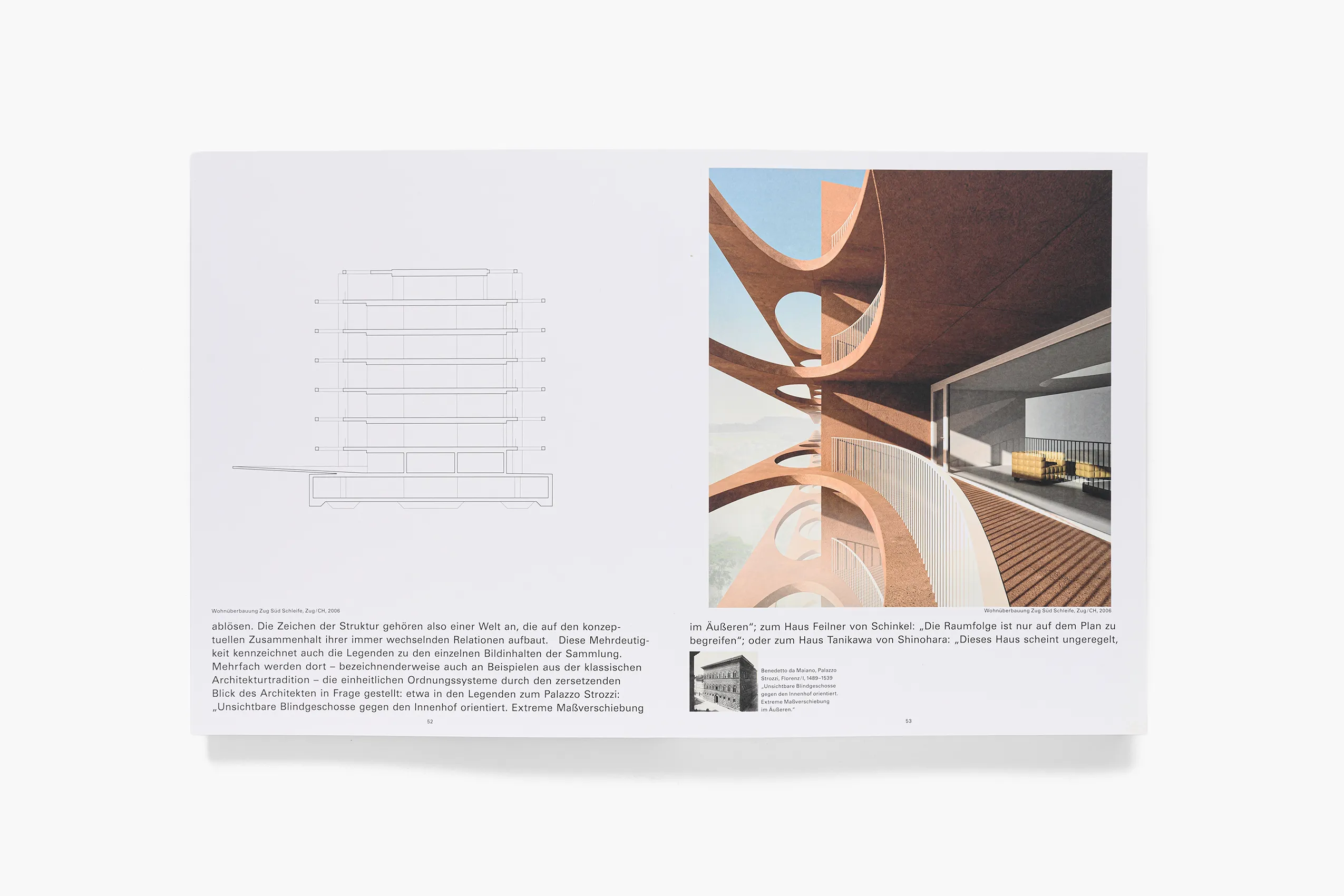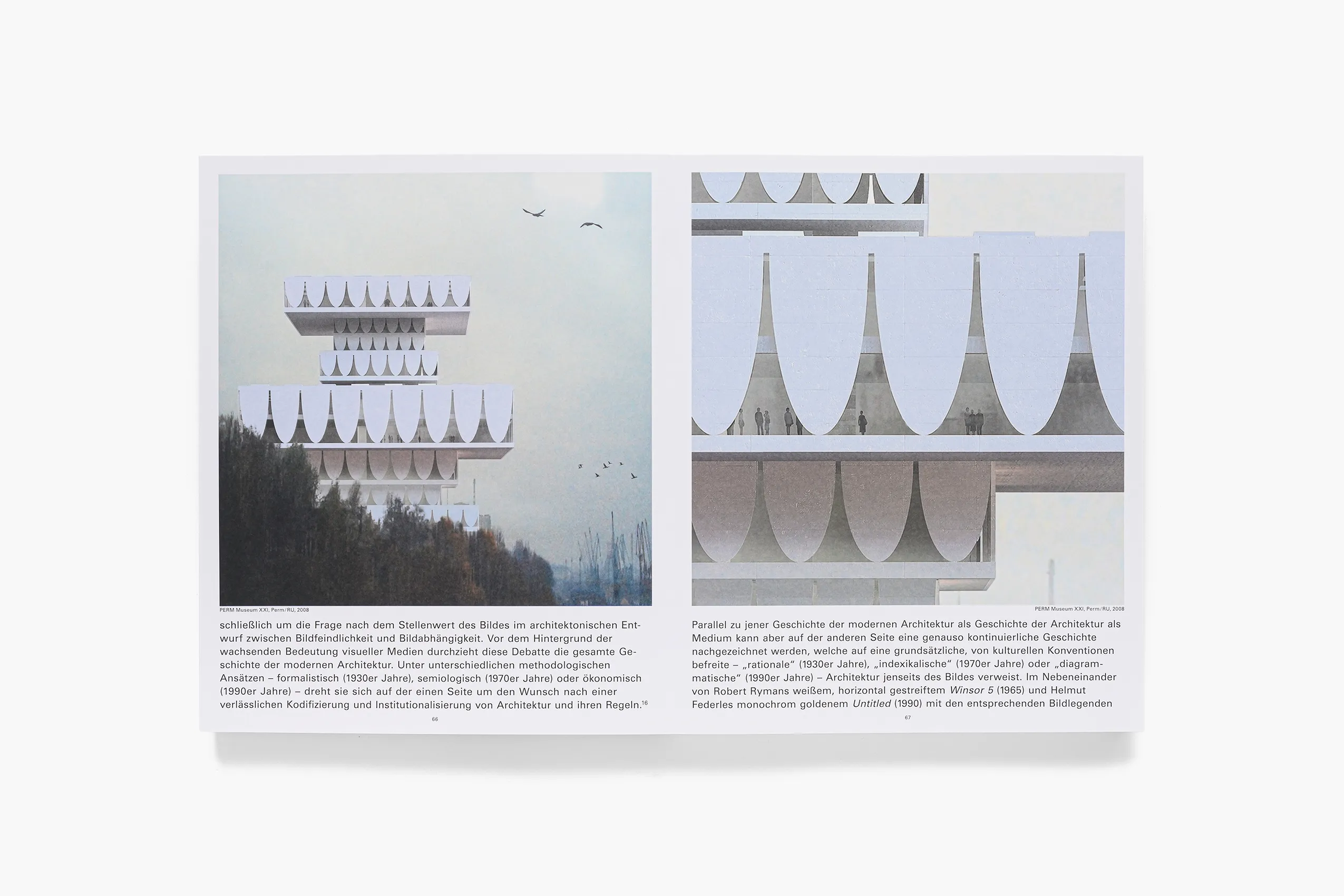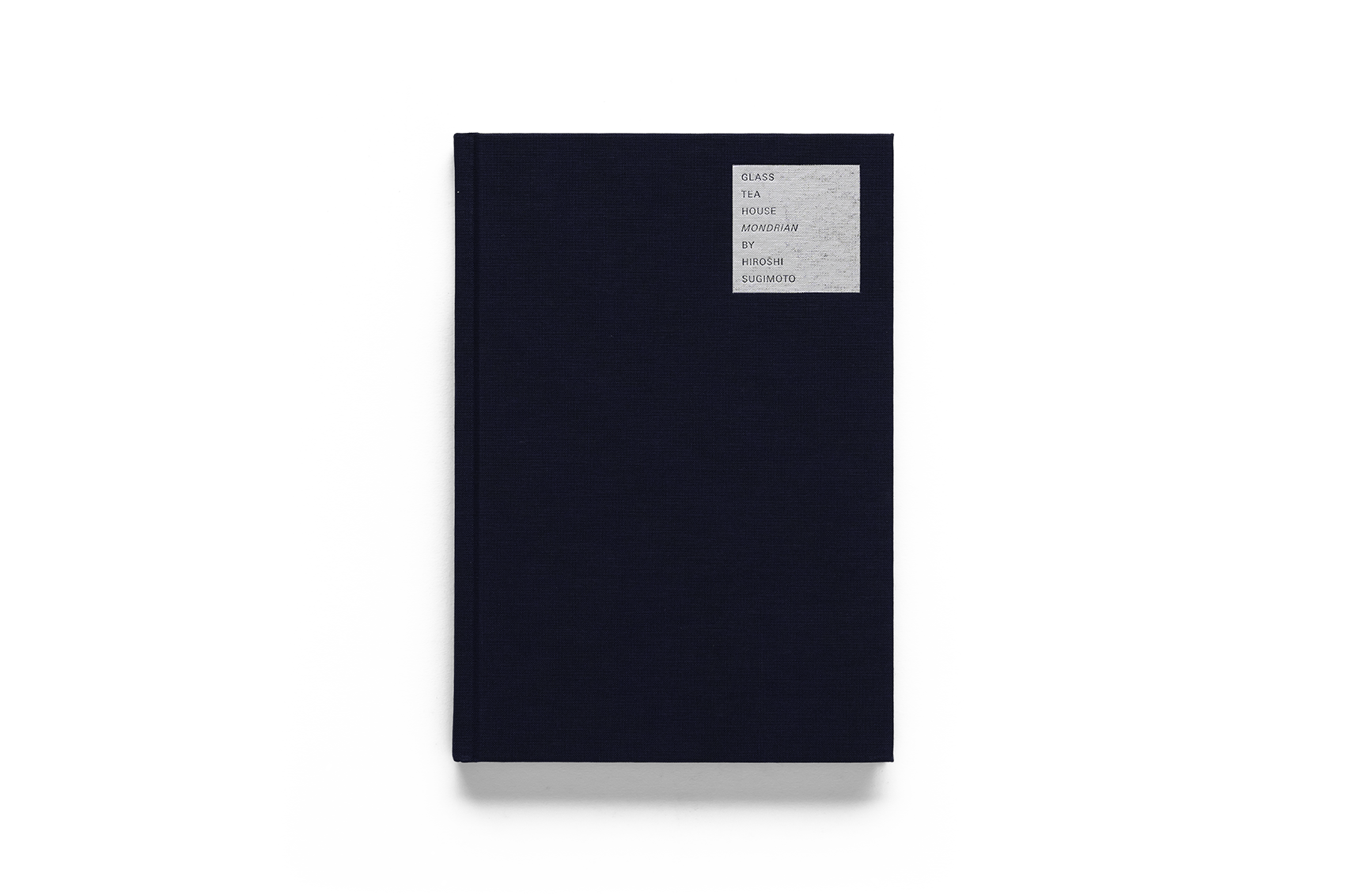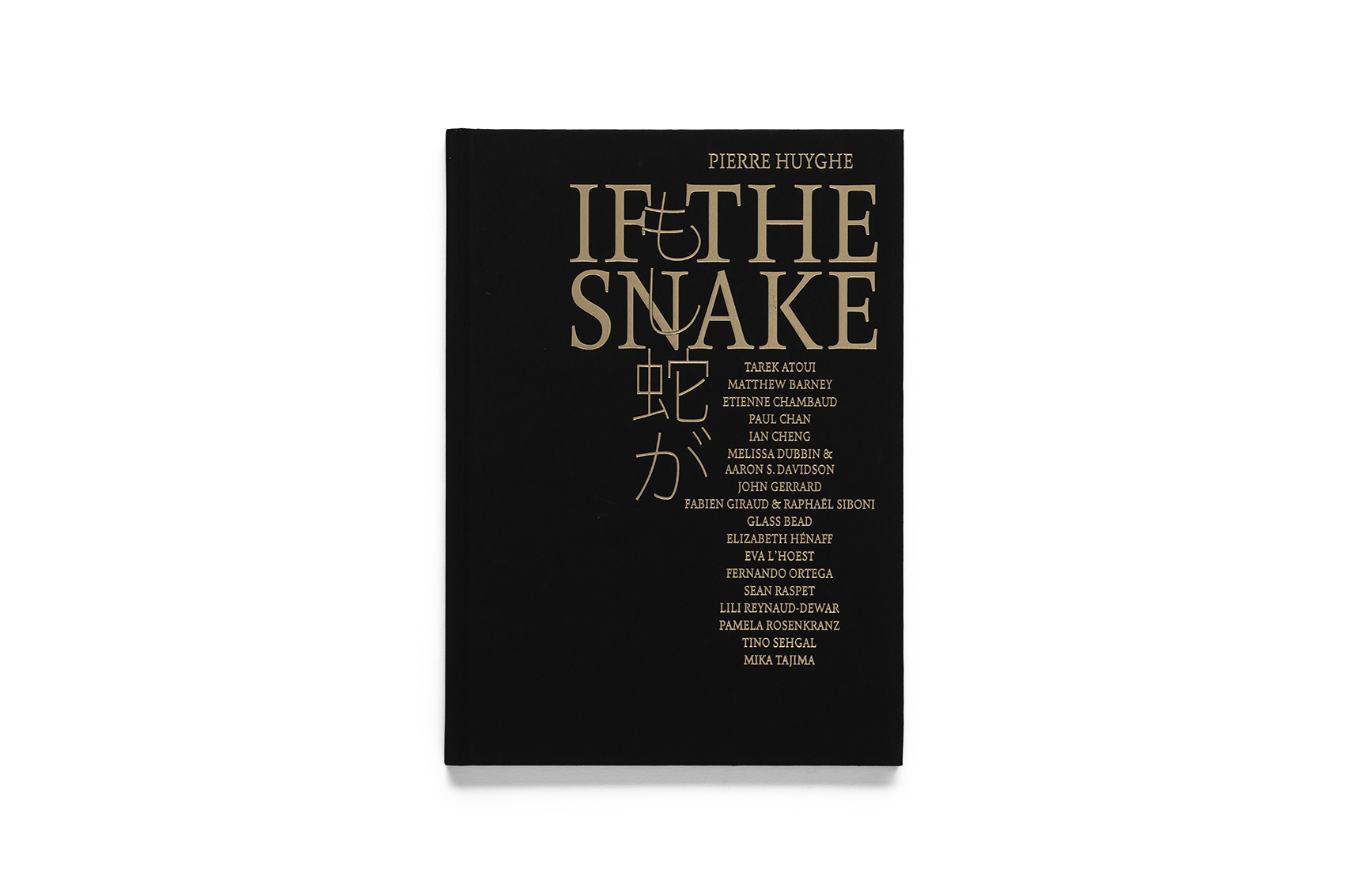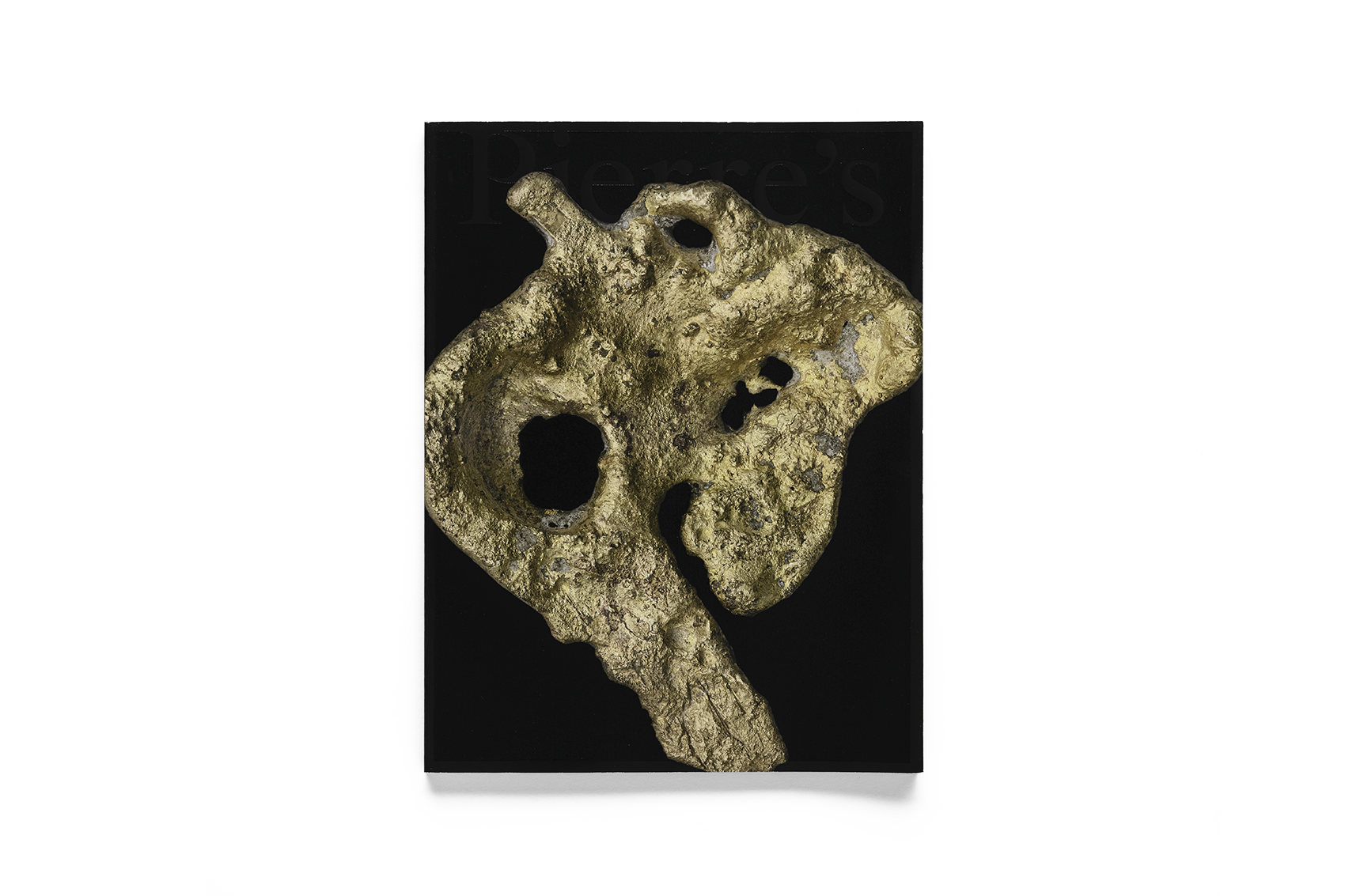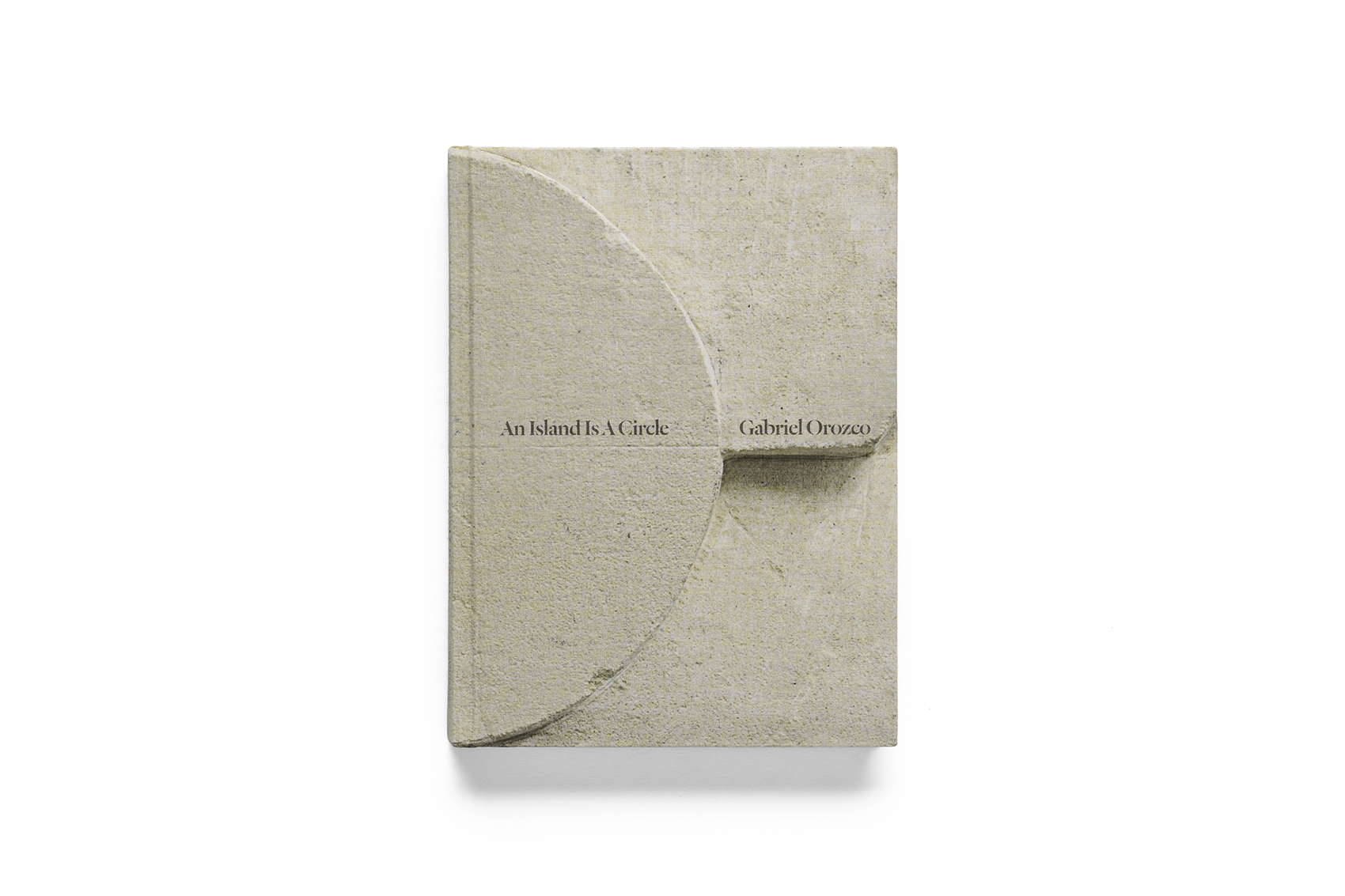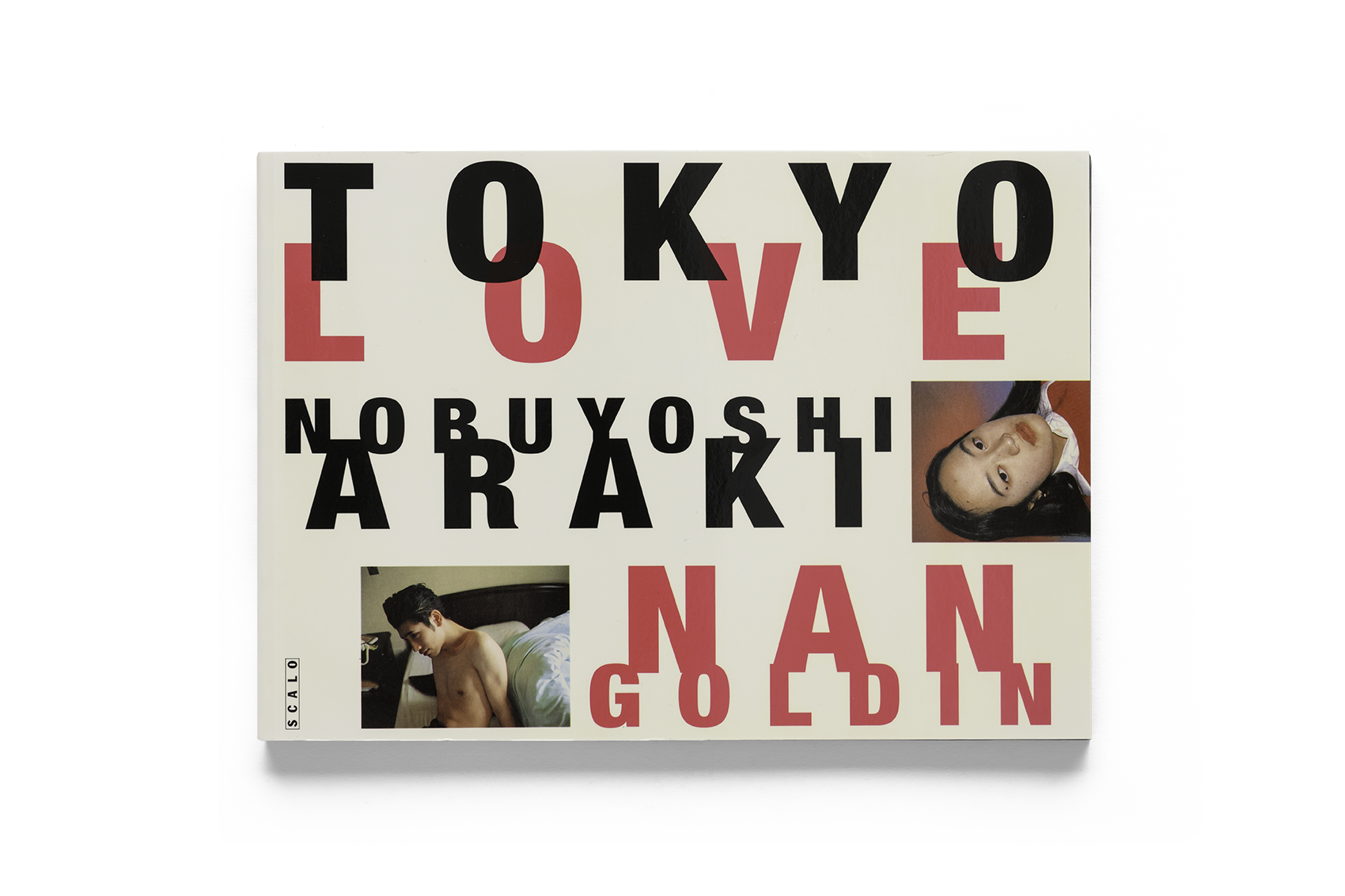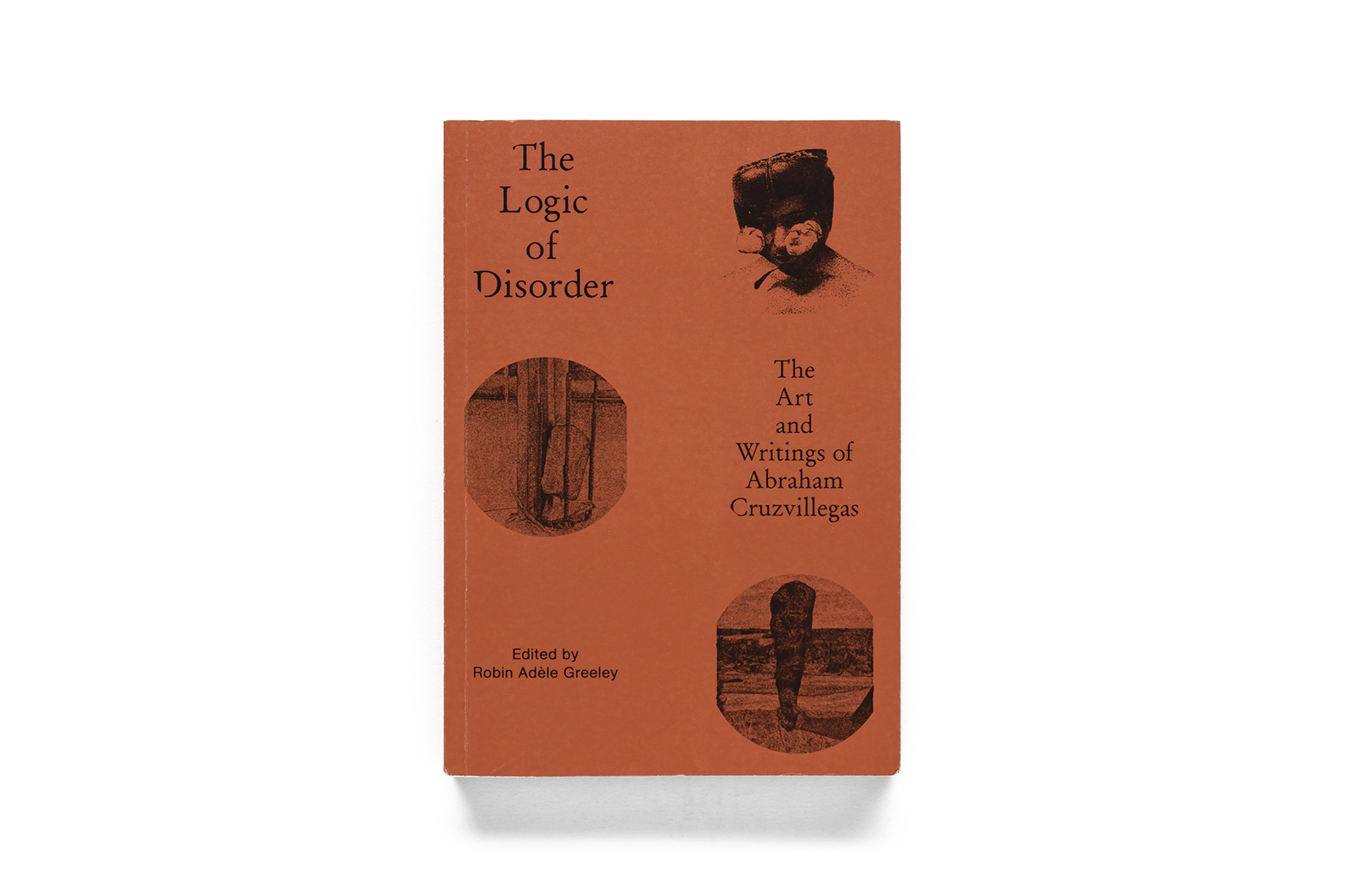
Quart Publishers, 2015
Valerio Olgiati
Valerio Olgiati

Quart Publishers, 2015
“Only a single mind can produce truly fascinating architecture.”
— Valerio Olgiati, 2G International Architectural Review N 37, Barcelona, Editorial Gustavo Gili, 2010
Since the late 1990s, Valerio Olgiati (1958-) has been considered one of Switzerland's most independent and outstanding representative architects. The book collects all of his major works and design projects from 1996 to 2008. Cases included in the book include School Building Paspels, 1998, Das Gelbe Haus, 1999, Visiting Center Swiss National Park, and proposals to participate in the National Palace Museum Taiwan, 2004, and others.
The book's wrapping frame is different from a typical book, and it's bound in a “Butterfly Binding” fashion — one page after page of continuous single-sided paper is glued together to achieve a seamless presentation of the entire content. The text passages in the book were written by the Swiss architectural theorist Laurent Stalder, 1970-, the Swiss architect Bruno Reichlin, 1941- and the Italian architectural historian and critic Mario Carpo, 1958-, and are accompanied by Ogiati's unique “images Iconographic Autobiography Gallery, photographs and renderings of its architectural works, three axes The pages are connected, each of which appears to be an independent yet integrated set of narratives that connect the contents of the book to convey the architect's own creative drive. As a book, Varerio Ogiati is a work in itself, an “image” that stirs new ideas in the mind of the reader.
“Image Autobiography” is Ogiati's way of building his own architectural design thinking by selecting and juxtaposing important images that surround his mind. These images include the ground masonry of the Indian Taj Mahal, a lake view of Glaubinden, Switzerland, and American artist Robert Ryman, 1930-2019 Monochrome paintings and the architectural work “House in Ashitaka” by Japanese architect Kazuo Shinohara, 1925-2006 1977)”, Italian architect Aldo Rossi's blueprint “San Cataldo Cementery, 1981” spans art, architecture and natural landscapes that transcend time, and so on. In an experience of sublimation, self-affirmation, and the tug of liberation from tradition, Ogiati attempts to create spaces that jump away from the existing definitions of architecture, approaching the abstract.
